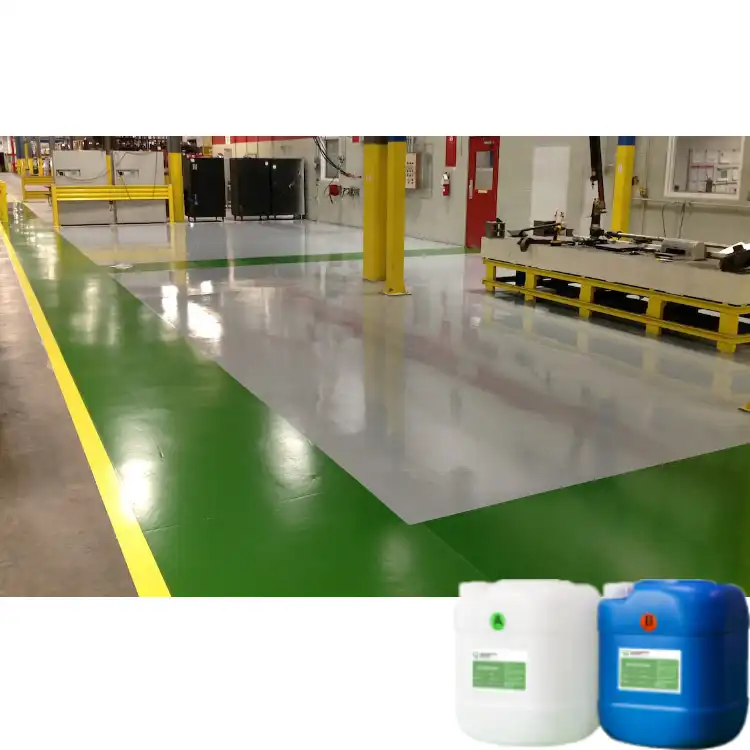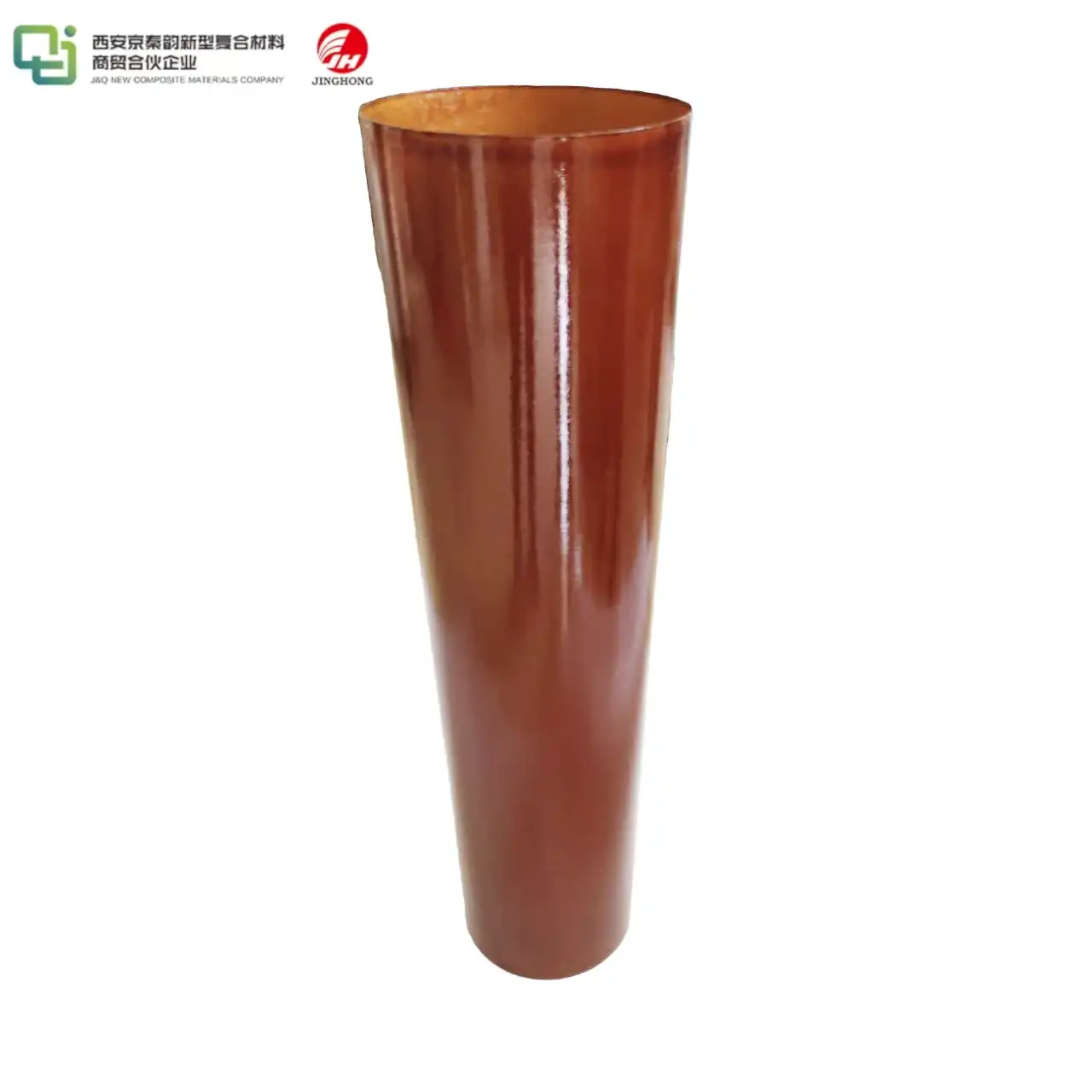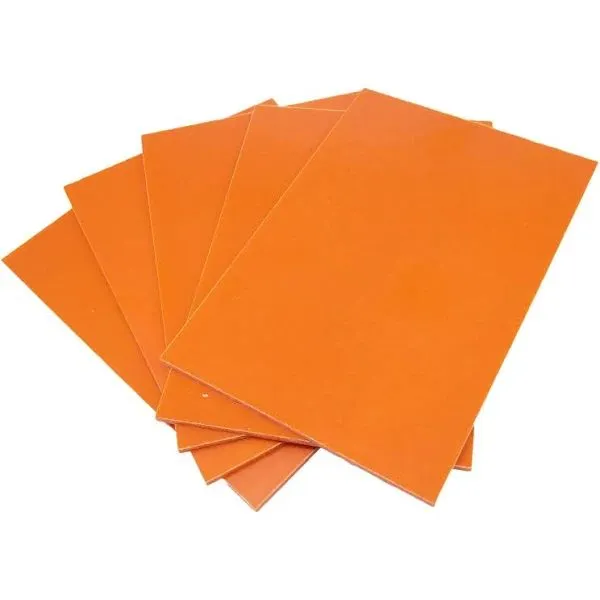Why Fr4 Material Is Commonly Used In Pcb Fabrication?
2024-12-02 16:12:33
In the field of printed circuit board (PCB) manufacture, FR4 has evolved as a common material, acting as the foundation for many electronic gadgets. Its combination of strength, electrical insulation, and thermal stability has made it the preferred material for manufacturers. This article goes into the reasons behind FR4's extensive acceptance, emphasizing its unique features, important benefits, and various applications across sectors.
The Composition and Properties of FR4 Material
Chemical Makeup of FR4
FR4, an abbreviation for Flame Retardant 4, is a commonly utilized composite material within the electronics sector. It consists of woven fiberglass fabric combined with an epoxy resin binder, resulting in a robust, fire-resistant substrate that is particularly suitable for printed circuit boards (PCBs). The inclusion of fiberglass enhances the material's strength and stability, whereas the epoxy resin provides excellent electrical insulation. These characteristics render FR4 the material of choice for dependable and durable PCBs across a wide range of applications.
Physical Characteristics
FR4 is known for its exceptional physical properties, which make it an ideal material for PCB manufacturing. It offers high mechanical strength, ensuring the structural integrity of the board, along with low water absorption, which helps prevent damage from moisture. Additionally, FR4 maintains excellent dimensional stability over a wide temperature range, allowing PCBs to perform reliably in diverse environmental conditions, from extreme heat to cold.
Electrical Properties
One of the standout qualities of FR4 is its exceptional electrical insulation. With a high dielectric strength, it effectively prevents electrical breakdown, while its low dielectric constant ensures minimal signal distortion. The low dissipation factor further reduces energy loss, making FR4 an ideal material for high-frequency applications. These combined properties make FR4 particularly well-suited for complex circuit designs where performance and signal integrity are critical.
Advantages of Using FR4 in PCB Manufacturing
Cost-Effectiveness and Availability
FR4's exceptional cost-to-performance ratio has made it the preferred material in the electronics sector. Because of economies of scale brought about by its broad adoption, production costs have decreased and firms of all sizes can now access it. Its exceptional qualities and affordability have been key factors in the development and invention of electronic gadgets, facilitating quick technological breakthroughs and bolstering the market expansion for consumer electronics.
Versatility and Adaptability
FR4's versatility sets it apart in the PCB industry, as it can be easily machined, drilled, and plated to accommodate intricate designs and multilayer constructions. Its compatibility with various manufacturing techniques, including through-hole and surface mount technology, ensures that it can be used in a wide range of applications. Whether for simple circuits or complex, high-density boards, FR4 offers the flexibility required to meet diverse design needs.
Thermal and Mechanical Stability
FR4's exceptional ability to maintain its properties across a wide temperature range is essential for ensuring the reliability of electronic devices in demanding conditions. It resists warping, distortion, and dimensional changes, even when exposed to significant thermal stress. This thermal stability, along with its inherent mechanical strength, makes FR4 a top choice for applications that require durability and long-term performance, such as automotive electronics, aerospace, and industrial machinery, where high-reliability standards are critical.

Applications and Future Trends of FR4 in PCB Fabrication
Current Applications
From simple consumer electronics to sophisticated industrial machinery, FR4 is the material of choice for a broad range of electronic products. Applications including computers, cellphones, automobile systems, medical equipment, and aerospace technology frequently use it. Its dependable performance and adaptable qualities make it perfect for high-power systems like automotive electronics and aerospace components as well as low-power devices like wearables, guaranteeing maximum usefulness and endurance across a variety of industries.
Emerging Technologies and FR4
As technology progresses, FR4 is continuously being improved to meet the demands of modern electronics. Manufacturers are creating enhanced versions with better thermal management, higher glass transition temperatures, and improved signal integrity, making it ideal for high-speed digital applications. These innovations ensure that FR4 remains a crucial material in emerging fields like 5G telecommunications, Internet of Things (IoT) devices, and advanced consumer electronics, where performance, reliability, and speed are critical.
Environmental Considerations
As sustainability becomes a higher priority, the PCB industry is actively seeking eco-friendly alternatives to traditional FR4. However, rather than replacing FR4 entirely, manufacturers are developing more environmentally responsible versions, such as halogen-free formulations. These new iterations reduce the environmental impact without sacrificing the material’s strength, thermal stability, or electrical performance. Ongoing research and development in this area are crucial to ensuring that FR4 remains a key material in PCB fabrication, aligning with both technological advancements and environmental considerations in the years ahead.
Conclusion
Because of its remarkable mix of electrical, mechanical, and thermal qualities, FR4 material has become the standard for PCB production. It is the preferred option for a variety of electronic applications due to its affordability, adaptability, and dependability. In order to maintain its relevance in the dynamic field of electronics manufacturing, FR4 adjusts and advances as technology advances. FR4 technology's continued advancements promise to increase its usefulness and establish it as an essential part of the upcoming generation of electronic gadgets.
Contact Us
Are you looking for high-quality FR4 materials for your PCB fabrication needs? With over 20 years of experience in producing and selling insulating sheets, J&Q is your trusted partner in the global market. Contact us today at info@jhd-material.com to learn more about our products and how we can support your manufacturing requirements.
References
1. Smith, J. (2022). "Advanced Materials in PCB Fabrication: A Comprehensive Review." Journal of Electronic Materials, 51(3), 1234-1245.
2. Chen, L., et al. (2021). "Thermal and Mechanical Properties of FR4 Laminates for High-Reliability Applications." IEEE Transactions on Components, Packaging and Manufacturing Technology, 11(7), 1078-1089.
3. Brown, R. (2023). "Environmental Impact of PCB Materials: Current Status and Future Directions." Sustainable Electronics and Manufacturing, 8(2), 201-215.
4. Johnson, M., & Lee, K. (2022). "FR4 in the Era of 5G: Challenges and Opportunities." High-Frequency Electronics, 21(4), 45-52.
5. Garcia, A. (2021). "Comparative Analysis of PCB Substrate Materials for Next-Generation Electronics." International Journal of Electronics Design and Technology, 13(2), 156-170.
6. Thompson, E. (2023). "The Evolution of FR4: From Traditional to High-Performance Formulations." Advanced Materials for Electronics, 17(1), 23-35.







